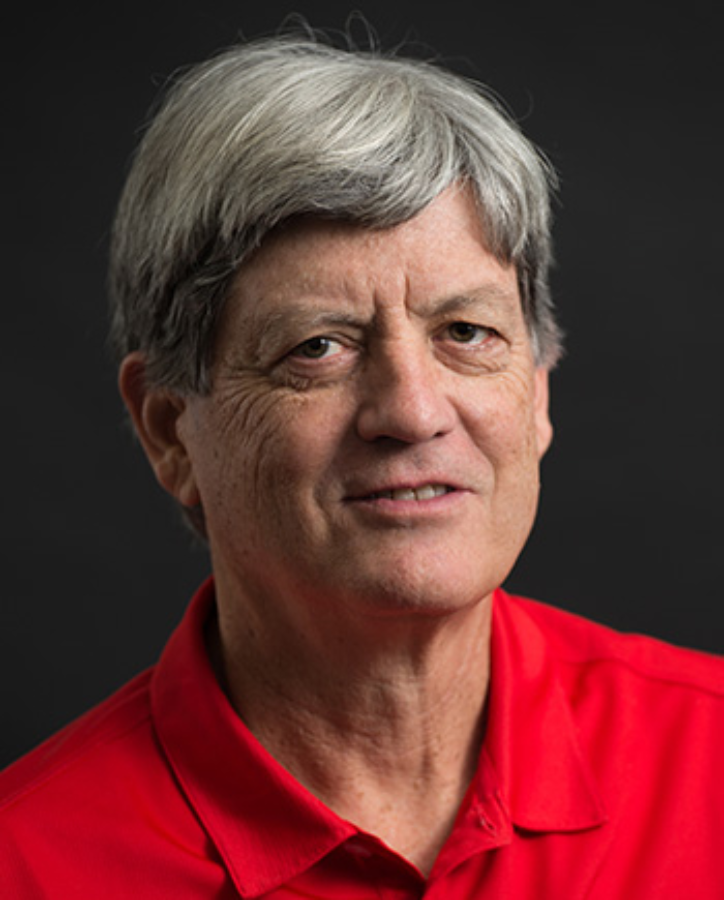Moores Professor of Electrical and Computer Engineering and Associate Dean of Undergraduate Research and the Honors College Dr. Stuart Long was recently awarded the Institute of Electrical and Electronics Engineers (IEEE) Antennas and Propagation Society (AP-S) Distinguished Achievement Award for the introduction and development of the dielectric resonator antenna and the early development of the microstrip patch antenna.
This award honors outstanding career technical achievements in the fields of antennas and propagation and is the highest recognition given by the society.
“I was most honored to receive the 2024 IEEE AP-S Distinguished Achievement Award," said Long. "I thank those who have mentored me over my career, my colleagues at the University of Houston, and my former students, all of whom have contributed toward this accomplishment.”
The development of the two classes of antenna that distinguished Long for this award – the microstrip patch antenna and the dielectric resonator antenna – span decades.
The former was developed with a grant from the U.S. Army in the 1970s in response to the need for a rugged, conformal antenna that could be used on artillery shells; now, nearly any portable device intended to facilitate wireless communications – such as laptops and cell phones – has at least one such antenna.
The latter is a response to the need for an antenna capable of high-efficiency transmission at high frequencies. As most antennas are made of metal, and metal is an imperfect conductor, increasing losses are incurred at high frequencies. The dielectric resonator antenna contains no such conductors, making it much more efficient at higher frequencies which are required, for example, for some military applications and for the newest communications systems like 5G.
In addition to his work with IEEE AP-S, Long has also led programs with the university to engage young women in exploring potential STEM careers, involve public high school teachers in research initiatives, and pair Ph.D. students with science and math classes across the Greater Houston Area to further promote K-12 STEM education and engagement.
This is the fourth award Long has received from the IEEE AP-S. Previous awards include the IEEE AP-S Outstanding Service Award for his service on the administrative committee, as vice president and president of the Society, in 2007; the IEEE AP-S John Kraus Antenna Award for the introduction and development of the dielectric resonator antenna in 2014; and the IEEE AP-S Chen-To Tai Distinguished Educator Award for his commitment to electromagnetics education through teaching, research, and the development of programs to attract students to the field in 2018.
"This award recognizes not just a single achievement, but the contributions of my entire career," Long said. "Though I'm not quite ready to quit yet. But it is very gratifying. This represents a lot of peoples' work: of my colleagues here at the university, my students, my mentors… In many ways, this award honors them as well."
